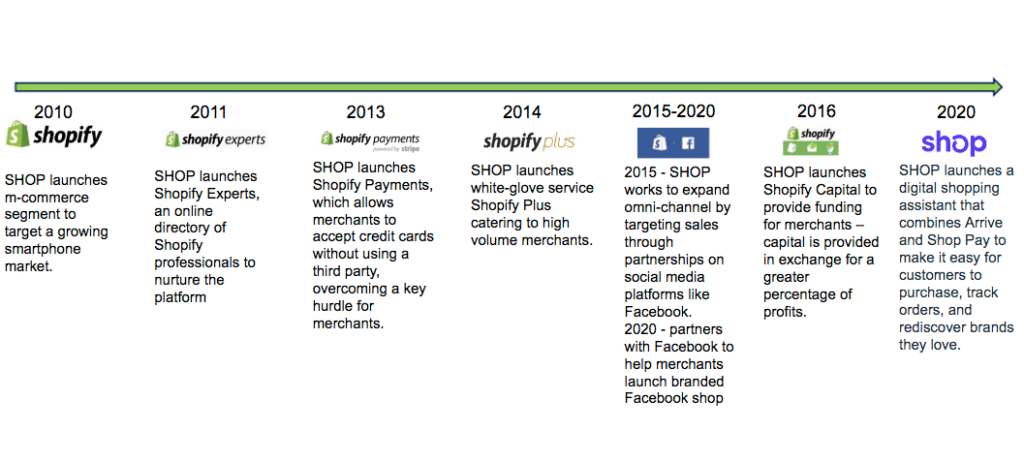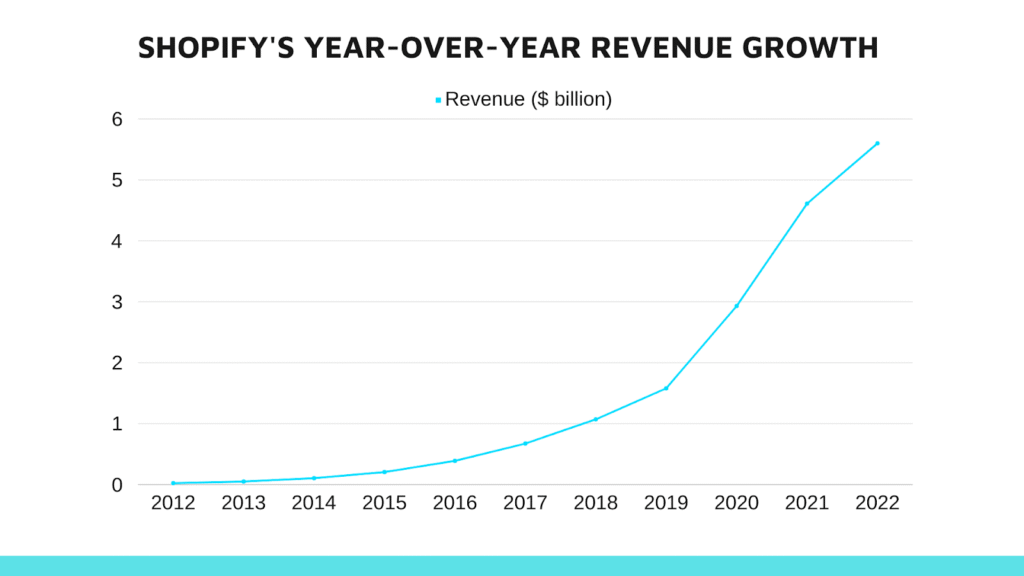When people think of e-commerce today, Shopify is one of the first names that comes to mind. It’s become a global powerhouse, empowering millions of entrepreneurs to launch their online stores. But what many people don’t realize is that Shopify’s journey started with a simple problem—and a very specific product: snowboards.
Let’s take a deeper look at how Shopify was born, how it evolved, and how it became a game-changer for online commerce across the world.
Where It All Started: A Frustrated Snowboarder
The story begins in 2004, in Canada. Tobias Lütke, a software developer from Germany living in Ottawa, wanted to sell snowboards online. He and his co-founders, Daniel Weinand and Scott Lake, started a company called Snowdevil. Their goal was simple: create an online store to sell their snowboards.
But they quickly ran into a problem. The available e-commerce platforms at the time were clunky, limited, and expensive. They didn’t offer the flexibility or user experience that Tobias wanted. So instead of settling for a poor solution, Tobias decided to build his own.
He used Ruby on Rails, a relatively new web framework at the time, to create an entirely new e-commerce platform from scratch.
What started as a custom solution for their own snowboard shop would soon turn into something much bigger.

Launching Shopify (2006)
Realizing that their platform had more potential than their snowboard business, the team shifted their focus. In 2006, they officially launched Shopify as a product—an e-commerce platform for anyone who wanted to sell online without having to build complex software.
The timing couldn’t have been better. E-commerce was growing rapidly, but small business owners had very few tools to build and manage their own online stores. Shopify filled that gap with a user-friendly, customizable solution that let anyone create an online store, manage inventory, accept payments, and grow their brand—all from one place.
The Early Growth: Building the Toolkit
In its early years, Shopify focused on building features that made life easier for store owners. This included:
- Customizable themes to control the look and feel of stores
- Built-in payment systems
- App integrations that allowed third-party developers to create tools for SEO, marketing, shipping, and more
As more entrepreneurs discovered Shopify, the platform’s growth accelerated. By 2010, Shopify had helped launch over 10,000 stores and processed more than $100 million in sales.
Expanding the Ecosystem: Shopify App Store and APIs
A major milestone came in 2009, when Shopify launched its App Store and API. This move changed everything.
Suddenly, developers around the world could build apps and integrations on top of Shopify’s platform. Store owners could add functionality like email marketing, loyalty programs, or accounting with just a few clicks.
This open ecosystem gave Shopify a massive advantage over its competitors. It also created a powerful community of partners—developers, designers, and marketers—who helped Shopify grow even faster.
Going Public and Scaling Up (2015)
In May 2015, Shopify went public, listing on both the New York Stock Exchange (NYSE) and the Toronto Stock Exchange (TSX) under the symbol SHOP. The IPO raised over $131 million and valued the company at more than $1 billion.
This marked Shopify’s transition from a startup to a serious player in the tech industry.
With new capital and visibility, the company doubled down on innovation. It launched powerful tools for larger merchants (Shopify Plus), improved mobile support, and expanded into physical retail with Shopify POS (Point of Sale) systems.
The COVID-19 Boom
The COVID-19 pandemic in 2020 brought a massive shift to online shopping—and Shopify was perfectly positioned to benefit. As brick-and-mortar stores closed, thousands of businesses rushed to get online. Shopify provided them with a fast, reliable way to do it.
Between 2019 and 2021, Shopify’s revenue and merchant base exploded. At one point in 2021, Shopify briefly overtook eBay in total e-commerce sales in the U.S., becoming the second-largest online retailer after Amazon.
The platform was no longer just for startups and side hustlers. Major brands like Heinz, Gymshark, Allbirds, and Kylie Cosmetics were running their stores on Shopify.

Today: A Global E-Commerce Powerhouse
Today, Shopify powers over 4 million businesses in 175+ countries. It’s not just a website builder—it’s a full suite of tools for e-commerce, including:
- Shopify Payments for seamless transactions
- Shopify Markets for international selling
- Shopify Capital to provide funding for growing businesses
- Shopify Fulfillment Network, a logistics solution to help merchants deliver products faster
In 2023, Shopify even launched Shopify Magic, an AI-driven assistant to help merchants write product descriptions, create emails, and streamline their operations.
The company remains headquartered in Ottawa, but it has offices and employees around the globe. Tobias Lütke is still deeply involved, serving as CEO and guiding the company’s long-term vision.
What Makes Shopify Unique?
A big part of Shopify’s success is its focus on empowerment. Unlike platforms like Amazon, which own the customer relationship, Shopify gives that control to the merchant. Business owners keep their branding, customer data, and profits.
Shopify is also known for its:
- Simplicity for beginners
- Scalability for growing businesses
- Deep customization options through themes, apps, and code
- Strong community and support network
It’s a platform that grows with you, whether you’re launching a side hustle or scaling a global brand.

Final Thoughts
The story of Shopify is more than just a tech success. It’s a reminder of how powerful it can be when a real-world problem meets the right technology and a clear vision.
From a snowboard shop in Canada to a global e-commerce platform serving millions, Shopify’s journey is a testament to solving problems, listening to users, and building tools that empower people to take control of their business dreams.
As commerce continues to evolve, one thing is clear—Shopify isn’t just part of the e-commerce world. It’s helping shape its future.




















